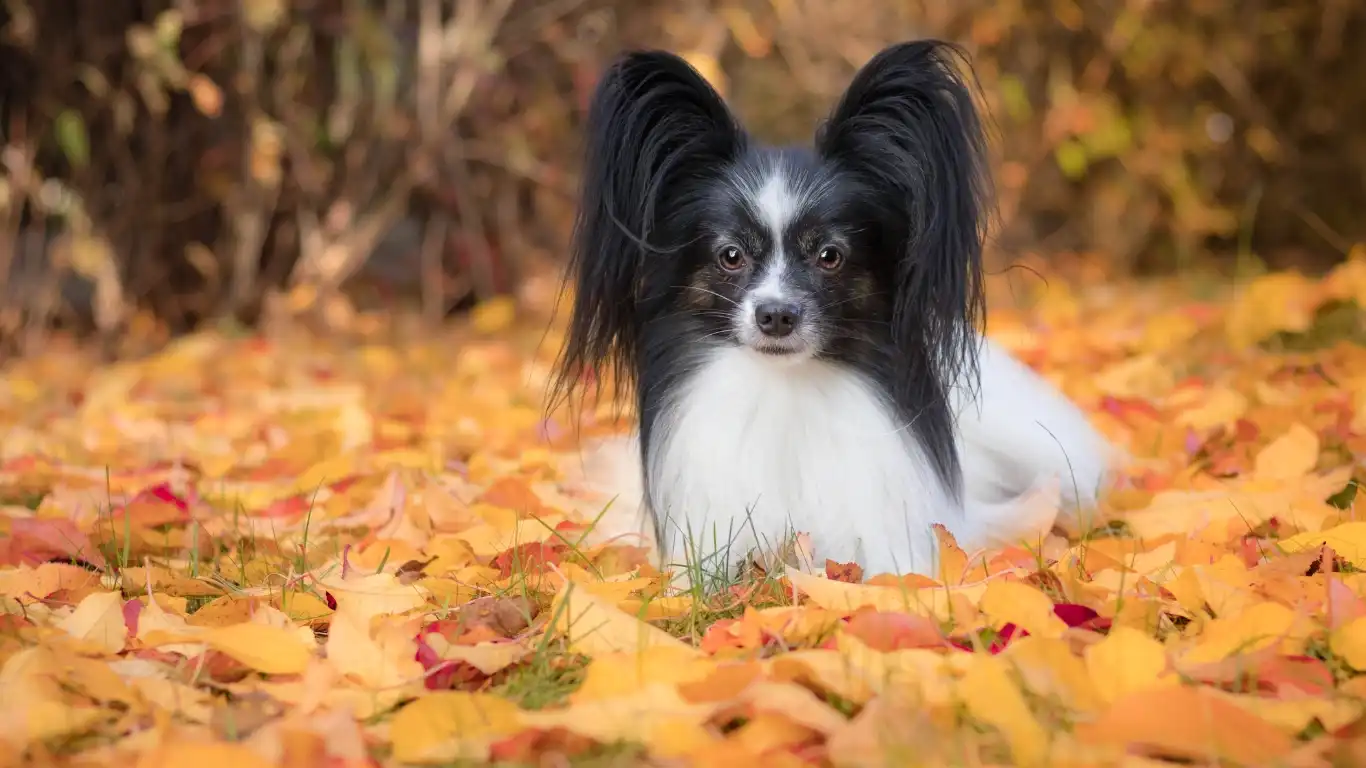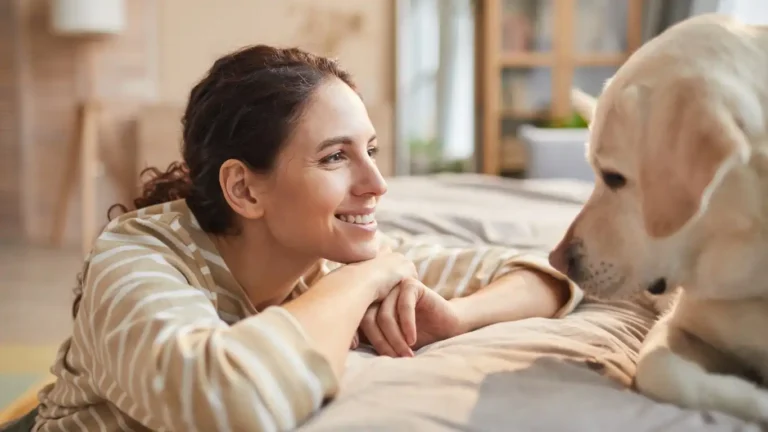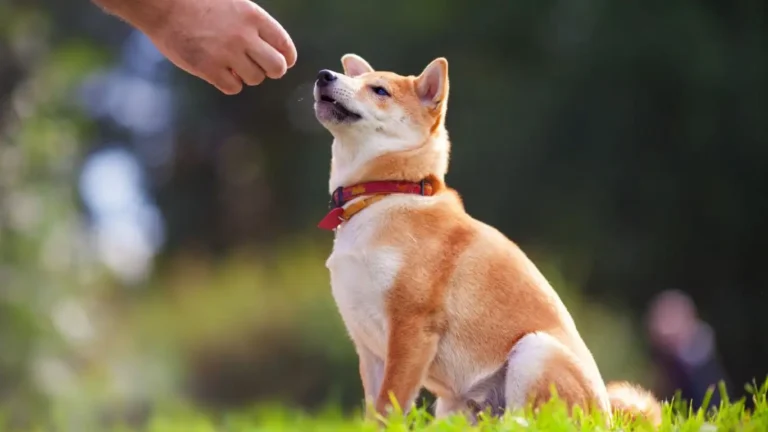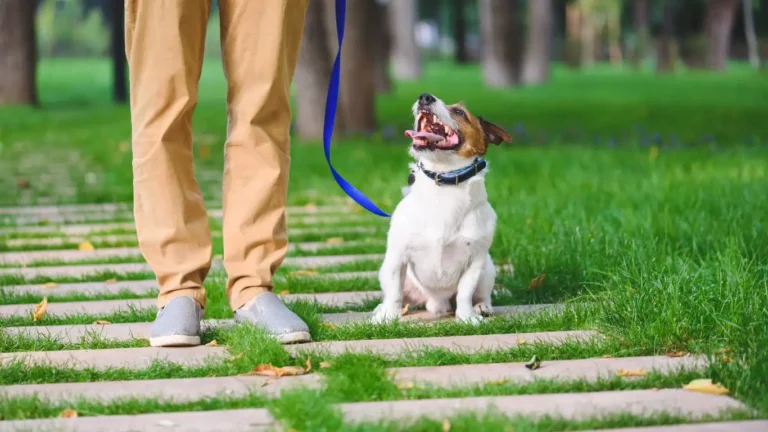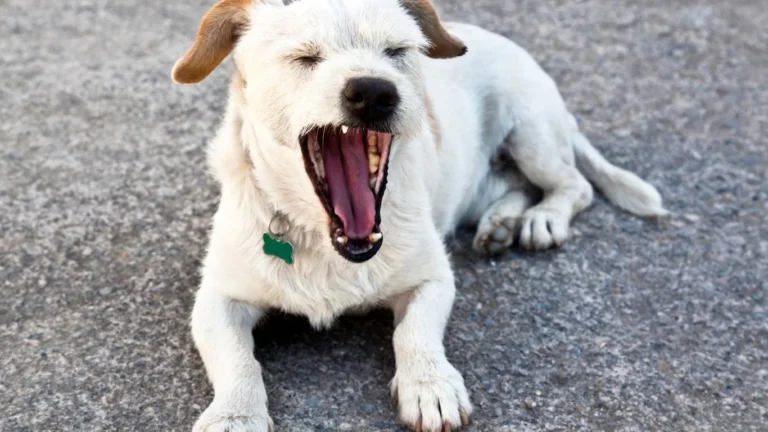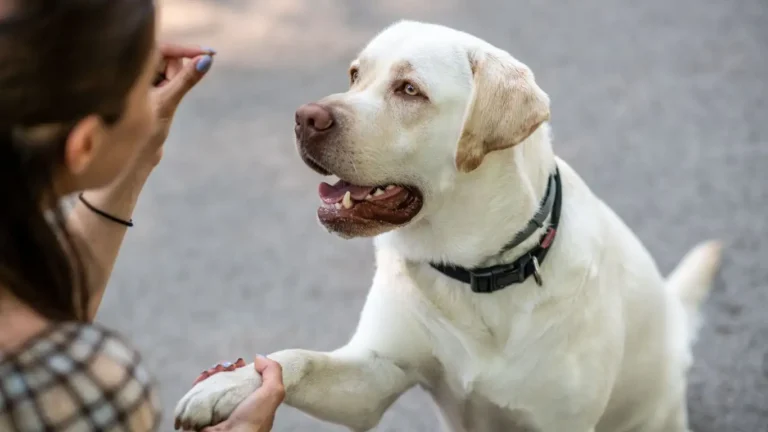Best Ways to Keep a Dog Calm During Fireworks and Reduce Anxiety Effectively
Fireworks might be a blast for us humans, but for our furry friends, they can feel like the sky is falling. Having spent years as a Veterinary Technician and Nutrition Specialist, I’ve seen firsthand how stressful those loud pops and crackles can be. If you’re hunting for the best ways to keep a dog calm during fireworks, you’re absolutely in the right place. I’m going to walk you through proven techniques, sprinkled with a little bit of my own real-world experience, to help your pup survive (and maybe even enjoy!) fireworks season a lot more peacefully.
Why Fireworks Freak Dogs Out
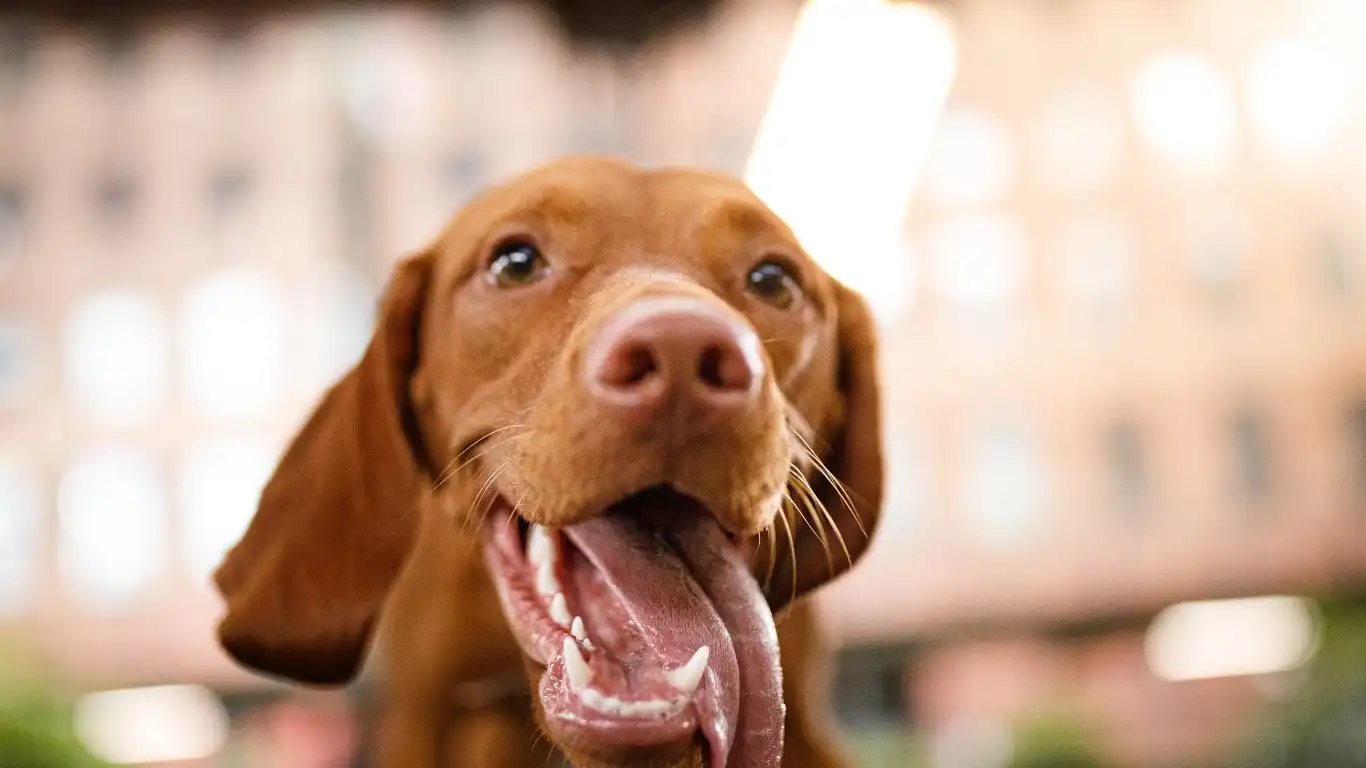
Before we dive into the best strategies, it’s super important to understand why our dogs lose their cool when the night sky lights up. It’s not just the loud booms—it’s the unpredictability. Dogs are wired to notice patterns. Fireworks? They’re random, loud, and they even cause weird smells in the air. As someone who’s worked closely with dogs during every major holiday you can think of, trust me: their anxiety is 100% valid.
Natural Instincts at Play
Back when I was helping manage a behavior rehab program at my clinic, we used to explain to pet parents that dogs rely heavily on their senses to detect danger. A sudden explosion overhead? Their instincts scream, “RUN!”
- Noise sensitivity: Dogs hear way better than we do. That bang is like a bomb going off right next to them.
- Smell disruption: Fireworks change the scent environment, which can confuse and alarm dogs even more.
- Vibrations: Some dogs are extra sensitive to ground tremors from loud fireworks.
Best Ways to Keep a Dog Calm During Fireworks
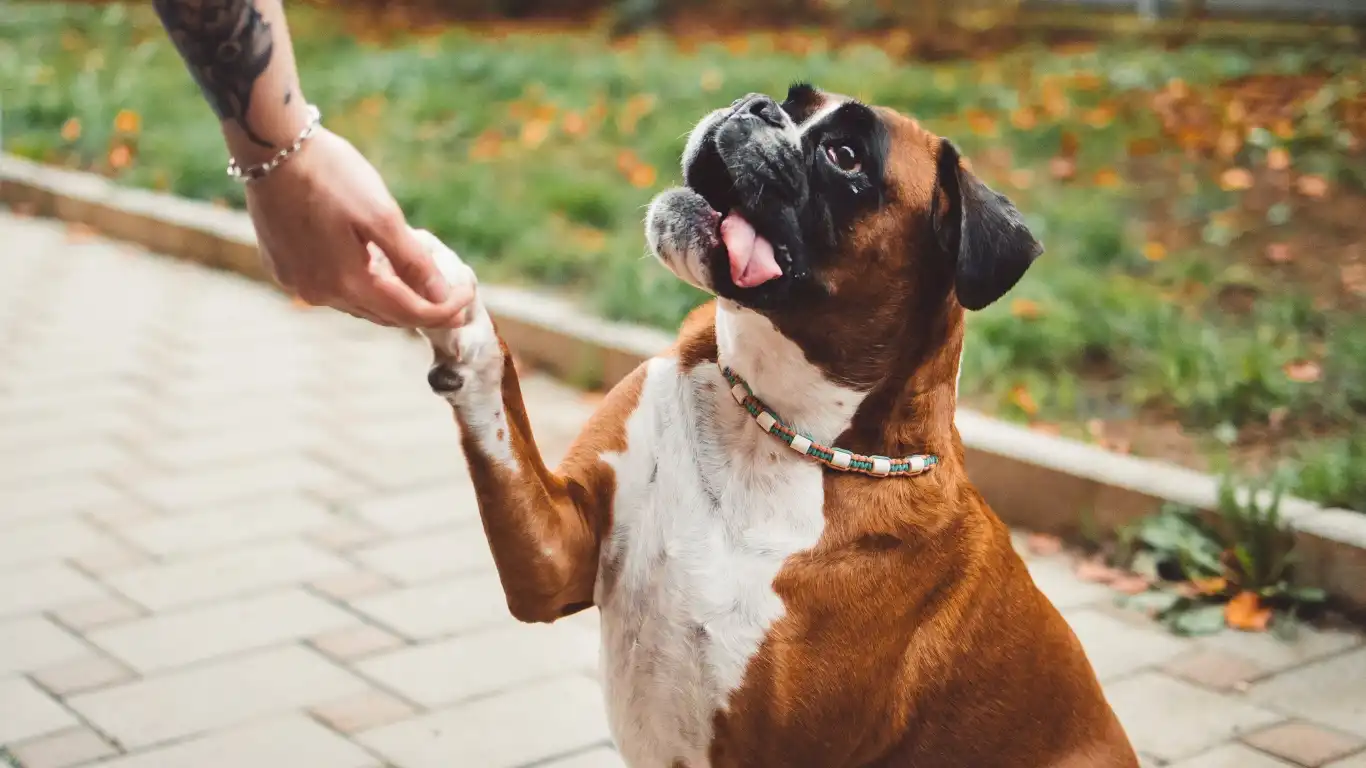
Alright, now that we know why our pups are freaking out, let’s talk about what we can do to help. Based on my experience, a combination of preparation, environment control, and some handy tools makes all the difference.
Create a Safe Space
When I used to foster dogs with severe anxiety, setting up a cozy “safe zone” always worked wonders. Find a quiet room away from windows and loud noises, and stock it up with:
- Soft bedding – their favorite blankets or beds to cuddle up in.
- White noise machine or calming music – helps drown out the big booms outside.
- Favorite toys – preferably ones they can chew or cuddle with for extra comfort.
Bonus tip from my own toolkit: sprinkle some calming pheromone spray on their bedding before the show starts!
Use Calming Supplements and Nutrition
Nutrition plays a bigger role than most pet parents realize. When I specialized in Veterinary Nutrition, I saw major improvements in anxious dogs just by tweaking their diet or adding safe supplements. Some proven options include:
- CBD oil (pet-safe formulations only) – Always check with your vet first, but I’ve seen many dogs benefit from this natural stress-buster.
- Calming chews – Many contain ingredients like L-Theanine, chamomile, and melatonin, which can naturally promote relaxation.
- Prescription diets – Certain therapeutic foods are formulated specifically for anxiety support. We had great success with these in-clinic, especially for dogs with generalized anxiety issues year-round.
Get Some Exercise In (Early!)
This one’s a golden rule in my book: a tired dog is a calmer dog. Take your pup for an extra-long walk or a fun play session earlier in the day. I used to recommend scheduling a “pre-fireworks adventure” to pet parents, and the ones who did always reported a much smoother night.
Just make sure you’re back inside well before the fireworks start—no one wants a scared pup slipping a leash outdoors.
Desensitization Training: Long-Term Calm

If you have time before the big fireworks events, desensitization training can be a game-changer. It’s all about slowly and safely exposing your dog to the sounds they’re scared of, so they learn that it’s not actually the end of the world.
How I Used to Do It
When I ran behavior modification sessions, we would play recorded fireworks at super low volume while rewarding dogs with treats and praise for staying calm. Over weeks (sometimes months), we’d slowly crank up the volume as their confidence grew.
It takes patience, and honestly, it’s not an overnight fix—but it’s incredibly effective. Even the most skittish pups made real progress when their humans stuck with it.
Consider a Thunder Shirt or Anxiety Wrap
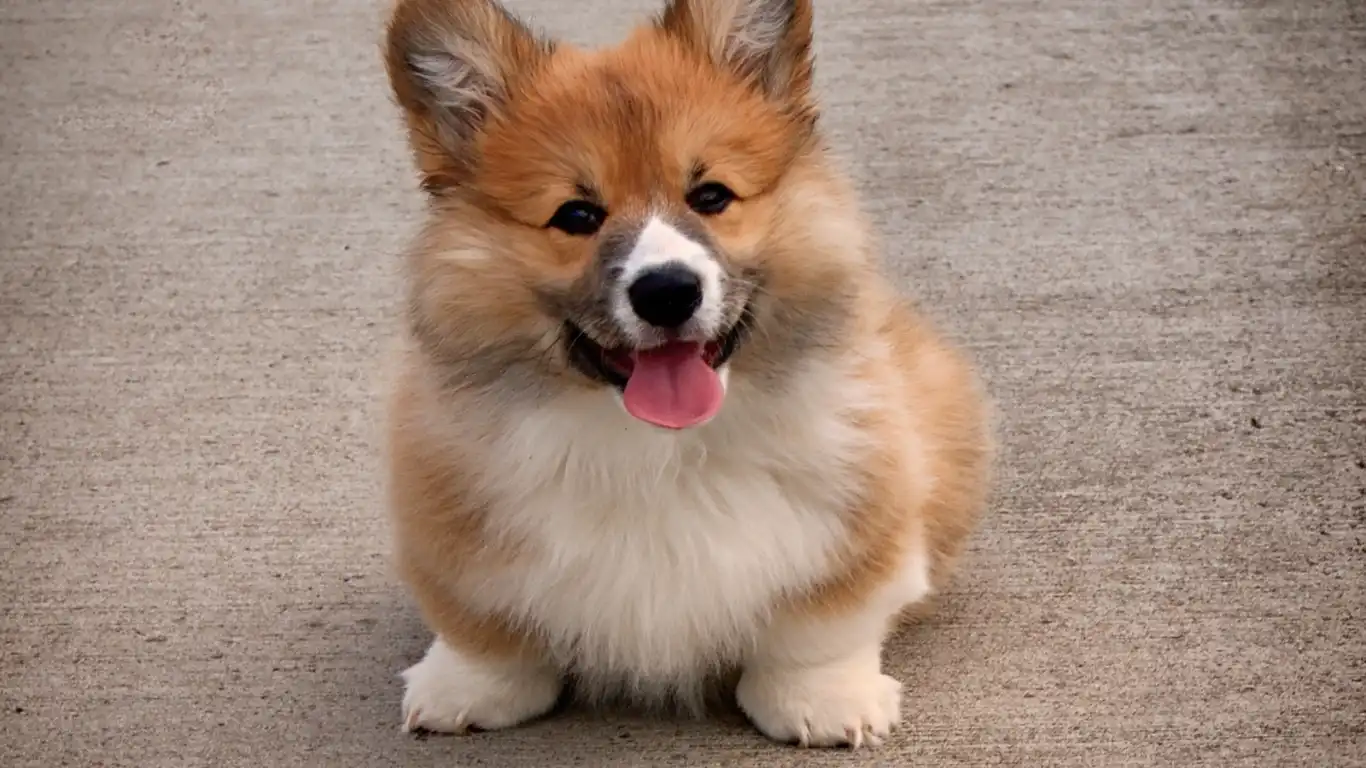
Now, if you’ve never heard of a Thunder Shirt (or similar calming wrap), you’re in for a game-changer. When I first started working with anxious dogs in the clinic, I was honestly skeptical about these snug little jackets. But let me tell you — the results spoke volumes. Some dogs instantly showed signs of calming down within minutes of putting one on.
The way it works is pretty fascinating: the gentle, constant pressure mimics a comforting hug, triggering a calming effect in the nervous system. It’s similar to how swaddling soothes a newborn baby.
Tips for Success with a Thunder Shirt
- Introduce it early – Don’t wait until the fireworks are already blasting. Let your dog wear it around the house a few times beforehand so they associate it with comfort, not chaos.
- Proper fit matters – Make sure it’s snug but not too tight. You should be able to slide two fingers under the fabric easily.
- Pair with positive experiences – Give treats and praise when they wear it, reinforcing that good things happen when the Thunder Shirt goes on.
Work with Your Vet on Anti-Anxiety Medications
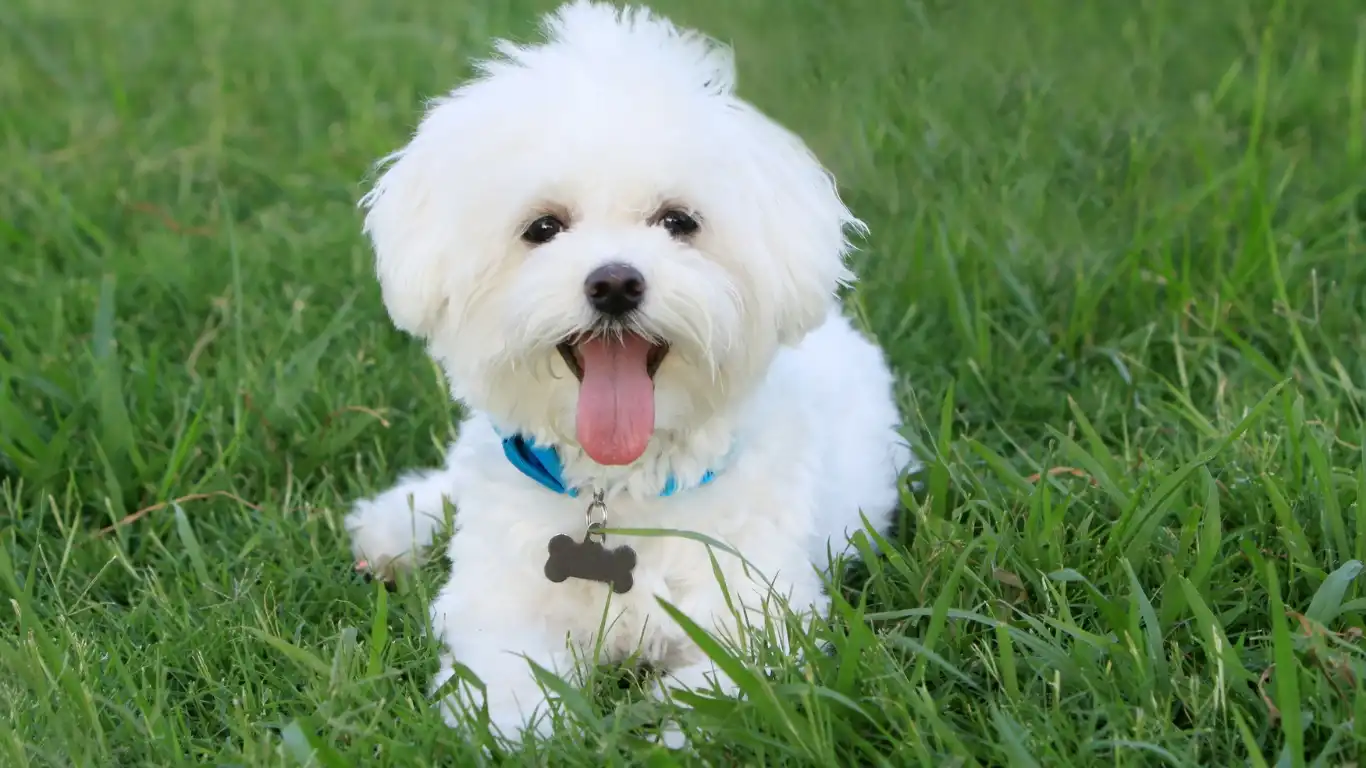
Sometimes, despite our best efforts with training, supplements, and safe spaces, a dog’s fear of fireworks can still be overwhelming. And you know what? That’s okay. There’s no shame in getting a little help from modern medicine.
During my time as a Vet Tech, I worked closely with veterinarians to find medication options for dogs dealing with extreme noise phobias. Some pups just need that extra support to get through particularly rough nights like the Fourth of July or New Year’s Eve.
Common Options Your Vet Might Recommend
- Sileo® (dexmedetomidine oromucosal gel) – This is one of my favorites because it’s specifically designed for noise anxiety in dogs, and it’s super easy to administer at home.
- Trazodone – Often prescribed as a situational anxiety reducer. It works beautifully for a lot of dogs when given ahead of stressful events.
- Gabapentin – Originally an anti-seizure drug, it’s commonly used now for its calming effects, especially when paired with other meds.
Pro tip: If you’re considering medications, schedule a consultation at least a couple of weeks before the holiday. This way, you can do a trial run and make sure your dog tolerates the meds well without surprises on the big night.
Don’t Forget About Your Own Energy
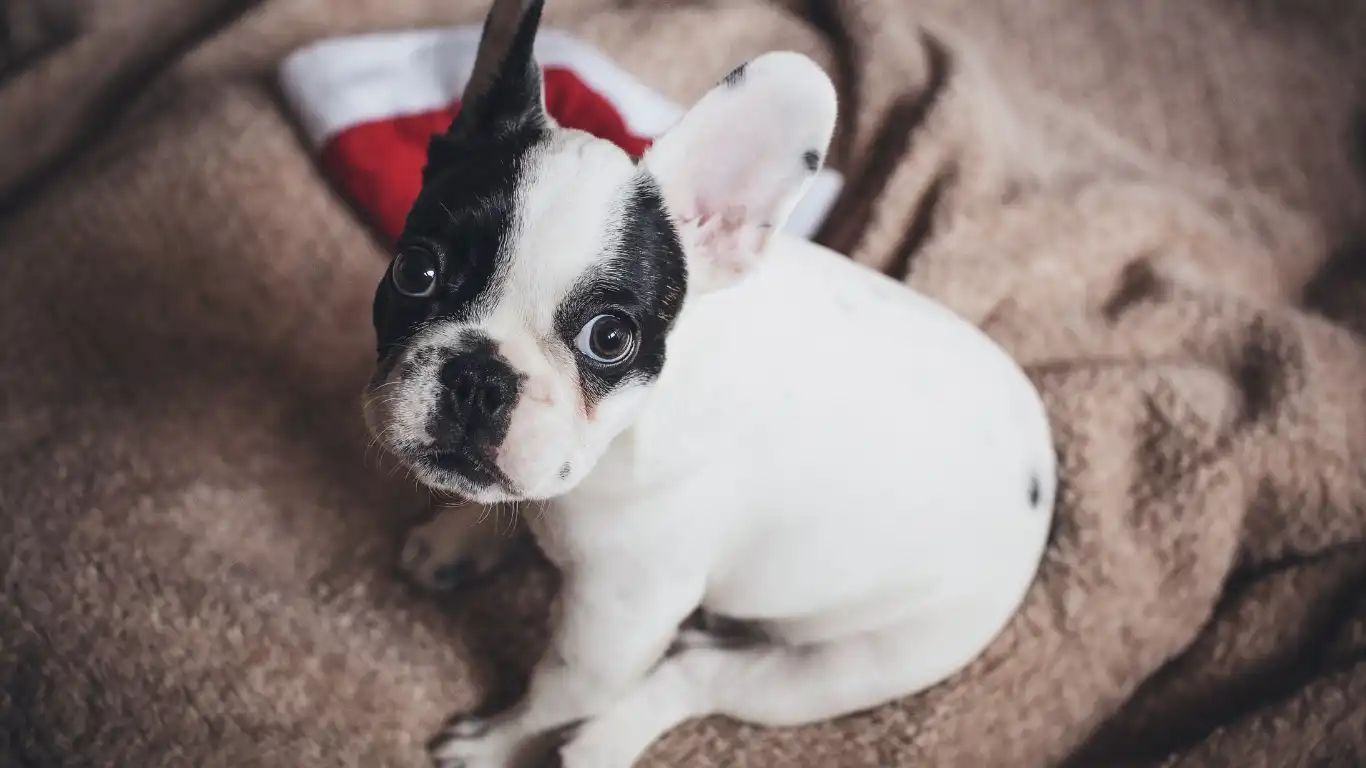
This is one piece of advice I give every single pet parent who comes to me panicking about fireworks: your dog picks up on your emotions. If you’re anxious, nervous, pacing the floor, or over-coddling them, guess what? They’re going to think there really is something to worry about.
In my years working hands-on with fearful dogs, the ones who did best had owners who were calm, confident, and nonchalant — even if they were faking it a little. Dogs read body language way better than they understand words.
How to Stay Calm (Even if You’re Nervous Inside)
- Use slow, steady movements – Avoid sudden jerks or rushed actions.
- Speak in a low, soothing voice – Avoid high-pitched “Oh no, it’s okay!!” tones — they actually amp up anxiety.
- Engage in normal activities – Watch TV, read a book, or play gentle games like indoor fetch to show your dog that everything’s fine.
True story: One New Year’s Eve, I had a super nervous Labrador staying with me for a boarding client. Instead of fussing over him, I pulled out a puzzle toy stuffed with peanut butter, sat down, and started a movie. By halfway through the show, he was snoozing next to me, fireworks forgotten.
Alternative and Holistic Approaches
Sometimes, a multi-modal approach works best. Besides supplements and meds, there are a few holistic options that I’ve recommended to clients — and even used with my own dogs — that made a world of difference.
Options You Can Try
- Aromatherapy – Calming scents like lavender or chamomile can relax some dogs. Just make sure you’re using pet-safe essential oils and diffusing them lightly.
- Acupressure and massage – Gentle pressure on specific points (like along the spine or between the shoulder blades) can help ease tension. I took a basic pet massage course years ago, and it’s been a secret weapon ever since!
- Bach Flower Remedies – Some pet owners swear by these natural tinctures, especially Rescue Remedy. Results can vary, but they’re safe to try under your vet’s guidance.
Every dog is different, so it might take a little experimentation to find what really clicks for your pup. The good news? You’ve got options, and you’re definitely not alone in figuring it out.
Night-of Emergency Tips for Fireworks Anxiety
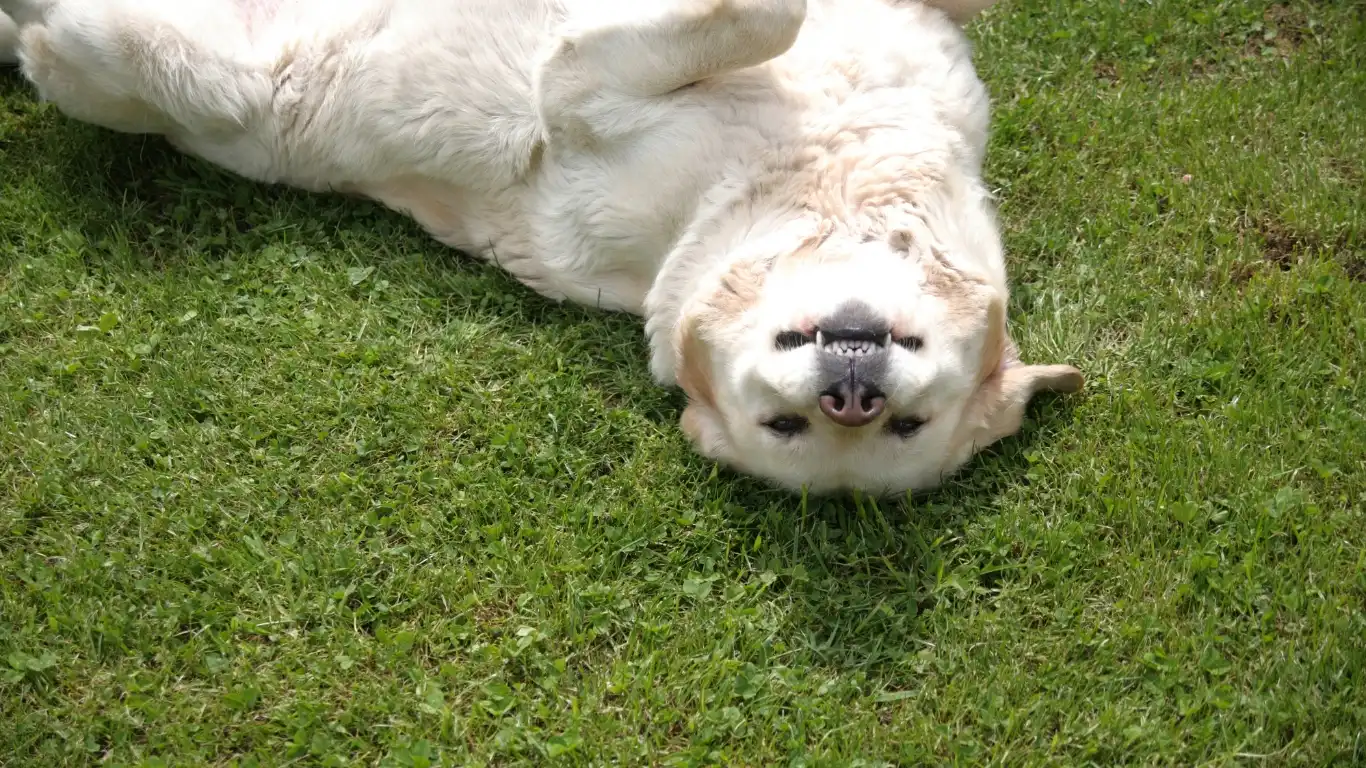
No matter how much preparation you’ve done, sometimes fireworks still catch your dog off-guard. And let’s face it: no one wants to see their dog in distress. Having worked with hundreds of dogs in this situation, I’ve learned that quick thinking can make all the difference when things take a turn for the worse.
What to Do If Your Dog Gets Too Scared
- Stay Calm – It’s easier said than done, but I can’t emphasize this enough. When your dog is panicking, your energy matters. They’ll pick up on your anxiety, and it can escalate their fear.
- Don’t Over-Comfort – It’s natural to want to cuddle your dog to make them feel better. But here’s a surprising fact: excessive reassurance can sometimes reinforce their fear. Instead, stay nearby, be calm, and let them take the lead.
- Use the “Safe Space” You Prepared – If your dog is already familiar with their cozy, quiet room, usher them there. Make sure it’s equipped with calming sounds or music, soft bedding, and something to focus on (like a treat-filled puzzle). It’s about creating a predictable, soothing environment.
If Your Dog Escapes the Safe Zone
In some cases, dogs in a state of high anxiety may attempt to escape their “safe space.” This is a scary moment, but don’t panic. One of the most important lessons I’ve learned in my years as a Vet Tech is to always keep the emergency exits to your home secure during firework season. Dogs can be incredibly resourceful when they’re scared.
If your dog bolts during fireworks, your first move should be to check for any open doors or windows that might lead to an escape. Next, don’t hesitate to call local animal shelters or animal control. Many shelters keep an eye out for lost pets during holidays and fireworks displays.
After the Fireworks: Decompression Time
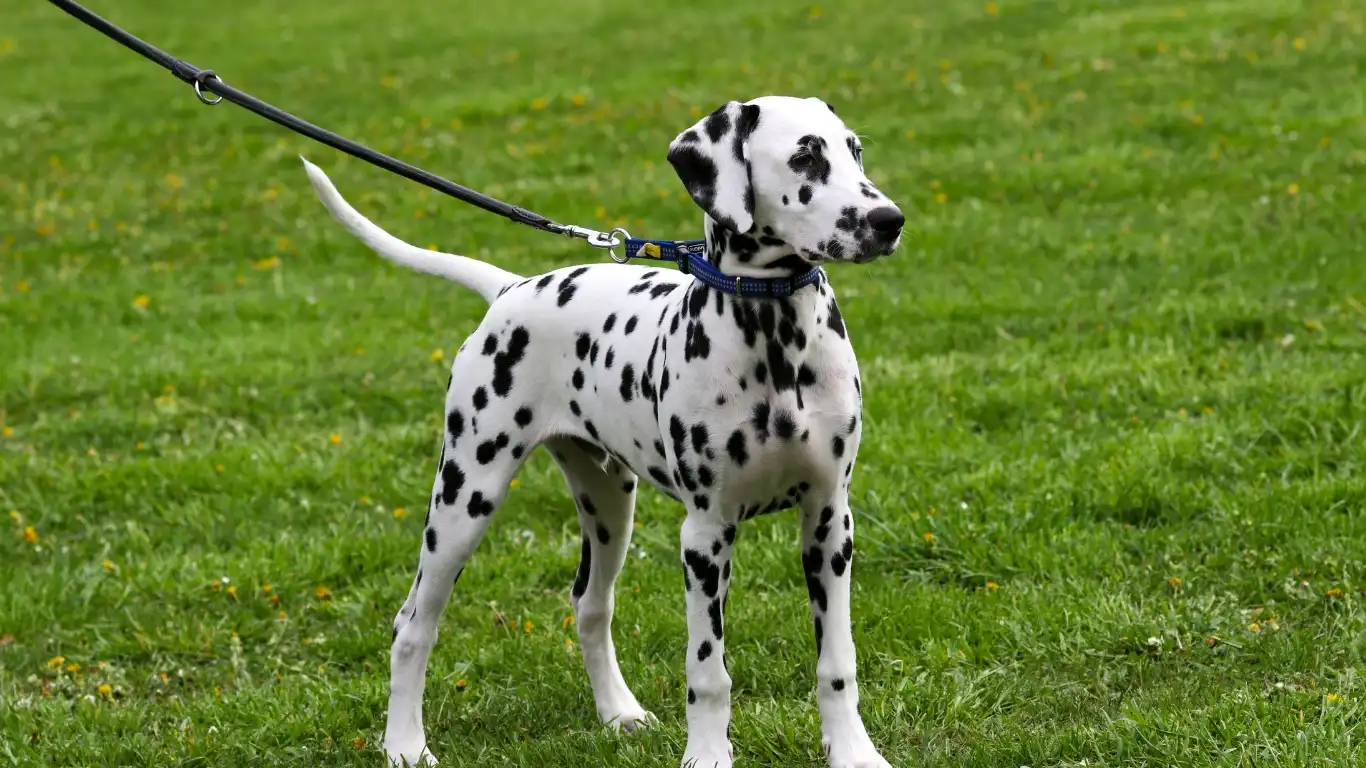
The fireworks are over, and the immediate crisis has passed, but the work isn’t done yet. It’s time to help your dog wind down and recover. If your dog was particularly stressed, they may still need your support as they return to normal.
How to Help Your Dog Recover
During the first few hours after the fireworks, it’s important to maintain a calm and low-key environment. No surprise visits from friends, no loud music — just quiet, gentle activities to help them decompress. Here are some practical steps you can take:
- Keep it low-key – No rowdy play or sudden movements. Let your dog rest and relax in their safe space for a few hours.
- Offer calming treats or supplements – Depending on what your vet has recommended, you might continue offering calming chews, CBD oil, or other anxiety-relieving supplements.
- Gentle massage or brushing – A gentle rubdown can help release some of the built-up tension. It also gives you a bonding moment, which will be a huge comfort to your dog.
Monitor for Signs of Post-Trauma Stress
Even after the night is over, some dogs experience lingering effects from the trauma. If your dog is unusually clingy, refuses to eat, or starts showing signs of behavioral issues like sudden aggression or excessive licking, it may be worth consulting your vet. Sometimes, it takes a few days for the stress to fully dissipate, but in more extreme cases, your dog might need additional intervention.
Training for Future Fireworks Anxiety
For some dogs, fireworks anxiety isn’t just a one-off thing. It’s a recurring issue that requires ongoing management. If this is the case with your dog, don’t worry — you’re not alone, and there’s plenty you can do to help them build resilience for the next time.
How to Start Desensitization Training for Fireworks
Earlier in this article, I mentioned desensitization, and this is where that technique really shines. The goal of desensitization training is to expose your dog to fireworks sounds gradually, so they get used to them over time without freaking out.
- Start with lower-volume sounds – Play fireworks sounds on a low volume while giving your dog their favorite treats. Gradually increase the volume over the course of weeks as your dog stays calm. It’s all about going slow and steady!
- Use positive reinforcement – Every time your dog reacts calmly to the sounds, reward them! Whether it’s with treats, praise, or a toy they love, make sure they understand that calm behavior equals good things.
- Consider professional help – If you’re not seeing results, don’t hesitate to consult a professional dog trainer or behaviorist. They can offer personalized advice, often with tools or techniques that you may not have tried.
References
- American Kennel Club (AKC) – Resources on dog behavior and training
- PetMD – Professional advice on pet health and behavior
- National Institutes of Health (NIH) – Research on animal health and behavior
Disclaimer: This article is intended to provide general information about calming anxious dogs during fireworks displays. Always consult with your veterinarian or a certified dog behaviorist for personalized advice and recommendations based on your pet’s specific needs and health condition.
